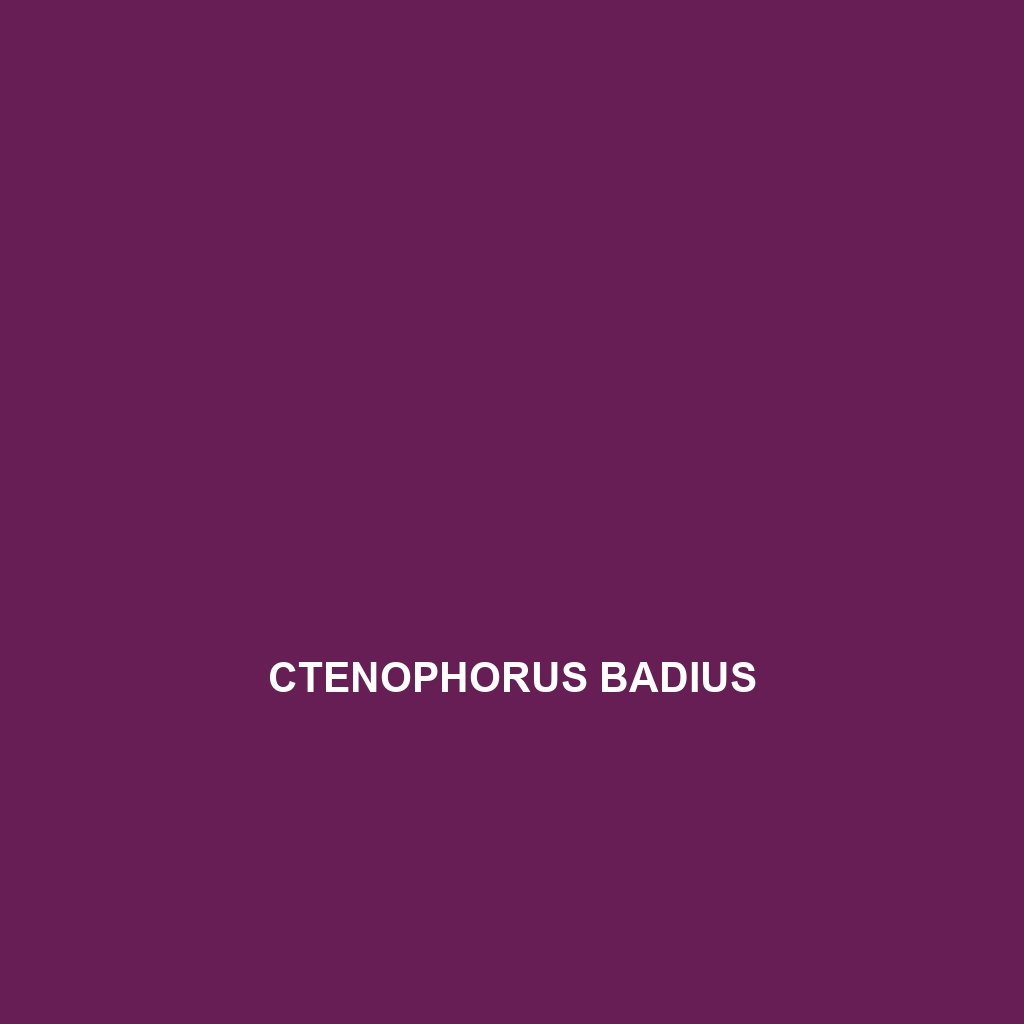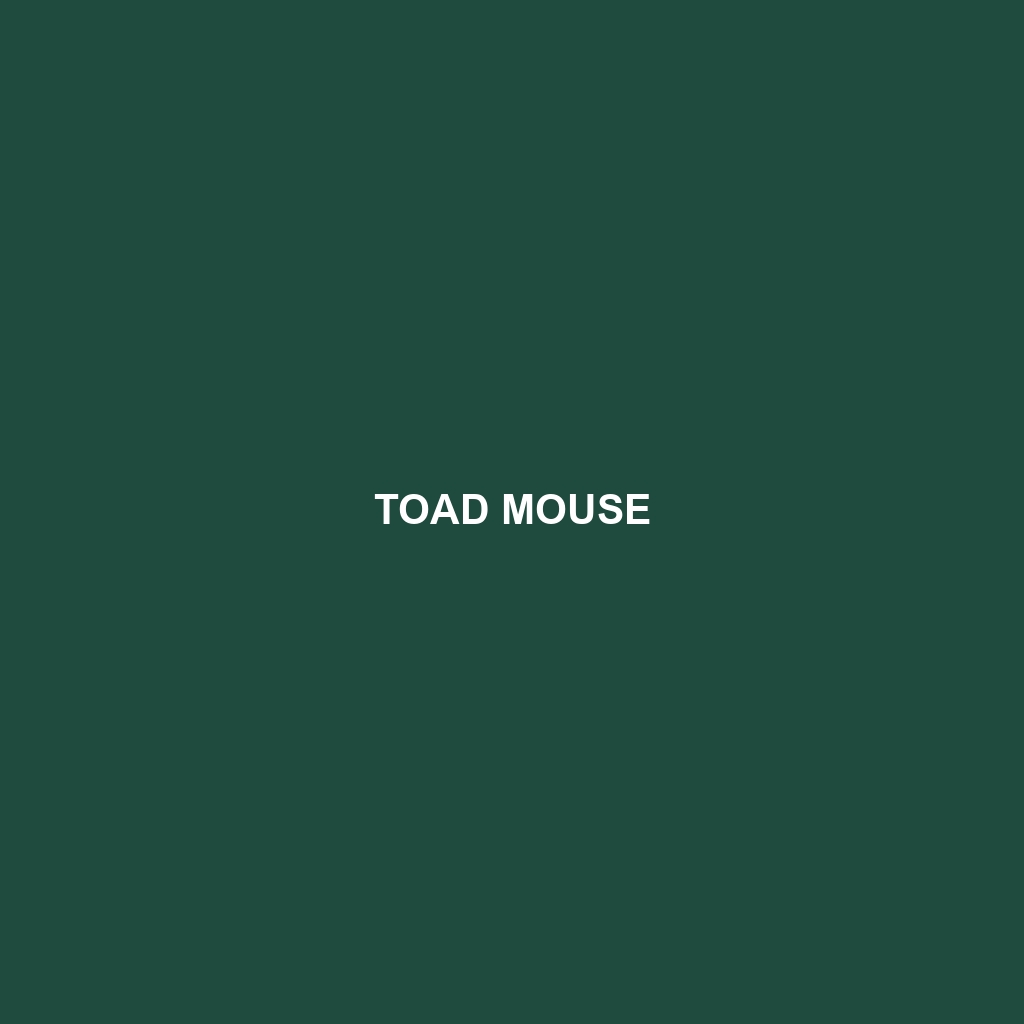Discover the Ctenophorus badius, or sandy inland dragon, a small Australian lizard known for its striking sandy brown to light ochre coloration and agile lifestyle. Thriving in arid environments, this diurnal predator primarily feeds on insects and plays a crucial role in maintaining ecological balance.
Tag: desert environments
Insular Single-leaf Bat
Discover the fascinating world of the **Lesser Long-nosed Bat** (*Leptonycteris yerbabuenae*), an endangered species vital for pollinating desert and tropical ecosystems. With unique adaptations like a long tongue for nectar feeding, these migratory bats play a crucial role in maintaining biodiversity. Explore their habitat, behavior, and conservation challenges in our latest blog post.
Toad Mouse
Discover the fascinating world of the **Toad Mouse** (*Chaetodipus spinatus*), a resilient rodent thriving in the arid regions of the Southwestern United States and Northern Mexico. With its unique camouflage and nocturnal behavior, this small creature plays a vital role in desert ecosystems by aiding seed dispersal and maintaining plant diversity. Learn about its habitat, diet, and interesting adaptations that allow it to flourish in harsh climates.
Anderson’s Gerbil
Explore the fascinating world of Anderson's Gerbil (Gerbillus andersoni), a resilient rodent native to the arid landscapes of North Africa. Discover its distinctive physical traits, nocturnal behaviors, and unique adaptations that allow it to thrive in harsh environments. Learn about its ecological significance as a seed disperser and the conservation challenges it faces amidst changing habitats.
Lesser Fat-tailed Jerboa
Discover the fascinating world of the **Lesser Fat-tailed Jerboa** (<i>Allactaga elater</i>), a unique rodent native to the arid regions of Central Asia. With their impressive jumping abilities, specialized burrowing behaviors, and vital roles in desert ecosystems, these nocturnal creatures face challenges from habitat loss and climate change, prompting urgent conservation efforts. Learn more about their characteristics, diet, and the impact they have on their environment in our latest blog post.




